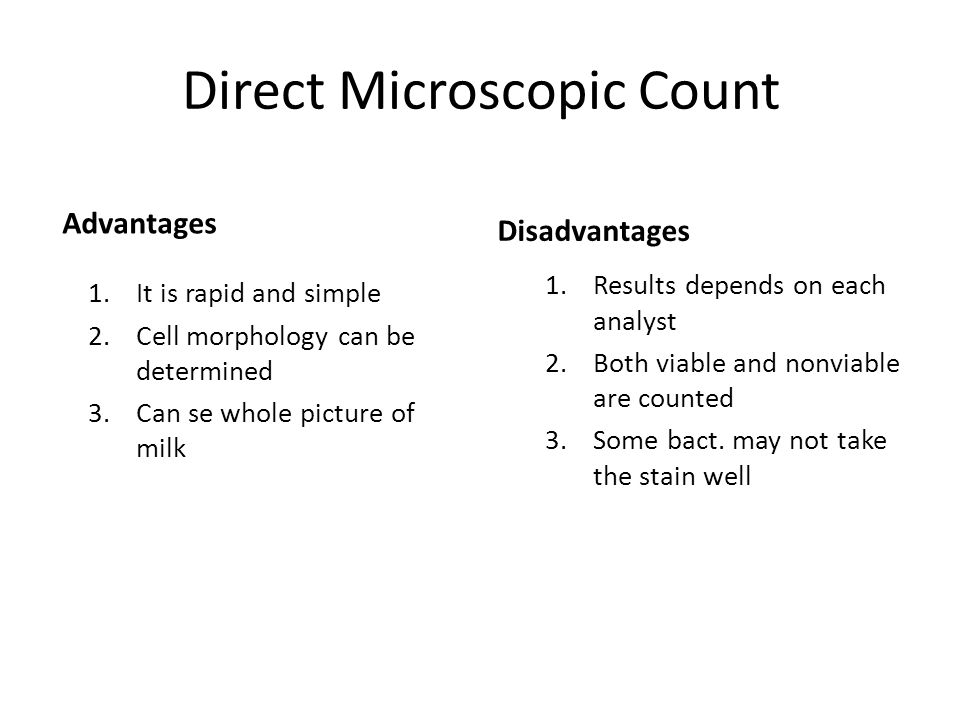
What Are Some Advantages And Disadvantages Of The Serial Dilution Agar Plate Te
What is the fuss about in determining the number of colony forming units? The accepted range for countable colonies on a standard agar plate is between. That the errors in the estimates increase with increasing serial dilutions, and that. Below the noise level of plate count technology (eg in the range of 1-2 CFU/m3).
According to the video on the proper aseptic techniques for use in a laboratory, one reason that aseptic technique is necessary is to protect oneself from contact with biohazards that exist within a lab setting. Additionally, it serves the purpose to protect samples from being contaminated. Aseptic technique is also extremely important for safeguarding others in the lab. Since bacteria are everywhere, including on all of the lab equipment, aseptic techniques allow us to avoid the spread of infection in the above ways. The concentration of bleach that is used to disinfect your work area is a 10% concentration of bleach. The bleach concentration serves as a disinfectant, which is an agent that is intended to kill or remove microorganisms, but it does not kill bacteria spores. It is not a method of sterilization because sterilization is the process used to remove all life forms, including bacteria spores.
It is important to disinfect your work area before and after working. Do not trust that the person before you took the time to follow disinfection procedure, so always be sure to be consistent just in case. Copland clarinet concerto.
The video demonstrates the need for the step of passing the mouth of the tube through the flame. This is in order to keep the tube free of contamination. The increased temperature at the mouth of the tube works to create a confection-oven-like current, which pushes the air out of the tube and eliminates the potential for airborne contaminants to get into the mouth of the tube. The presence of the Bunsen Burner in the lab area also serves to decrease the amount of airborne contamination, but this process ensures that anything that may still be present in the air does not enter the tube.
The correct way to successfully perform this procedure is to pass the tube over the flame at a 45-degree angle. A pure culture is a culture that only has one type of microorganism growing in it. As a result, if you only see one type of microorganism growing in the culture, then you know that you have used the aseptic technique correctly and have achieves a pure culture. However, if you see one or more microorganisms growing in the culture, then you have created a mixed culture, and somewhere along the way the aseptic technique was likely not performed correctly, allowing for some type of contamination of another microorganism. If this happens, you should perform the process over again using the aseptic technique until your results yield a pure culture.
The serial dilution agar plate technique is when you dilute a sample several times to achieve several different dilutions. For example, if you are working with a urine sample that you need to test for the presence of microorganisms. This technique can have both some advantages and disadvantages.
Using the same example, since you don't know the concentration of the microorganisms in the urine, then you don't know which dilution you need to make in order to make a countable solution. If you perform a 10% dilution, for example, then it might end up being too concentrated (and you will have too many microorganisms to count). On the other hand, if you perform a 0.1% dilution, the microorganisms might be too diluted, and you won't end up having enough to count.
This means that there may be some time involved, as you need to try and reach the desired concentration for creating a culture that you can successfully count and work with. It also takes quite a bit of time, space, and use of lab materials and glassware to incubate the various dilutions.
In fact, usually this process is continued on and on until you achieve a series of dilutions, with one or two of them being just the right concentration to obtain a countable culture. As a result, the need for ongoing manipulation may result in more false results stemming from errors in the dilution or plating process. However, it can be a really helpful as it allows you to take a heavily concentrated solution and put it into a manageable sample which allows you to count and work with it. It can also be advantageous in that only viable cells can be counted and the technique allows for the isolation of specific colonies that can then be subcultured into pure cultures. The use of different mediums—agar plates, agar slants, and nutrient broth all yield varying cultural characteristics that can be identified. According to the online Lab, agar plates are sterile petri plates filled with a solidified sterile agar and are used primarily for the purpose of culturing, separating, and the counting of microorganisms. This type of medium is best used for displaying well-isolated colonies that can be evaluated for their size, pigmentation, form, margin, and elevation.
Harry potter e la pietra filosofale libro pdf download free. ' عند انطلاق حافلة الليل خلال الظلام وتتوقّف فجأة أمامه، فهي بداية بُعدٍ آخر لعام طبيعي لهاري بوتر في هوجوارث.